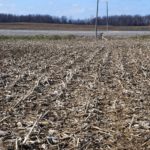
Getting down to biology
Finally there may be a soil test to help you see your soil the way that your crop’s roots see it
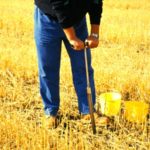
Five Q and As on soil testing
Here’s what you need to know to make sure your plants have all the right nutrients

No till goes dairy farming
In many ways, it’s been an easy transition for this dairy family
Read more
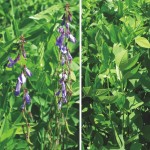
Galega — a new forage import from Eastern Europe
Tests at the Thunder Bay Agricultural Research Station suggest it could be a high-yielding option for Eastern Canada
Read more
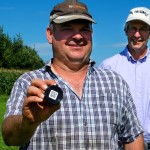
Soil testing by laser beam
A Quebec company has developed a soil-test system using laser technology that reports more accurate results in just three days
Read more

Pest Patrol: Do potassium levels affect my weed management?
#PestPatrol with Mike Cowbrough, OMAFRA
Read more

20 questions for your N program
Start the discussion now, before heading to the field this spring
Read more

The right corn hybrid for your soil?
Pat Lynch says there are other ways to maximize production — and they’re more realistic
Read more
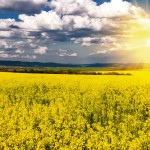
Lessons learned from the last crop
It pays to do some ‘regressive analysis’ to see if some practice or treatment helped a crop excel even under adverse conditions
Read more

VIDEO: Down to earth jewelry made from Manitoba soil
Provincial soil turned trinkets travel the world
Read more


